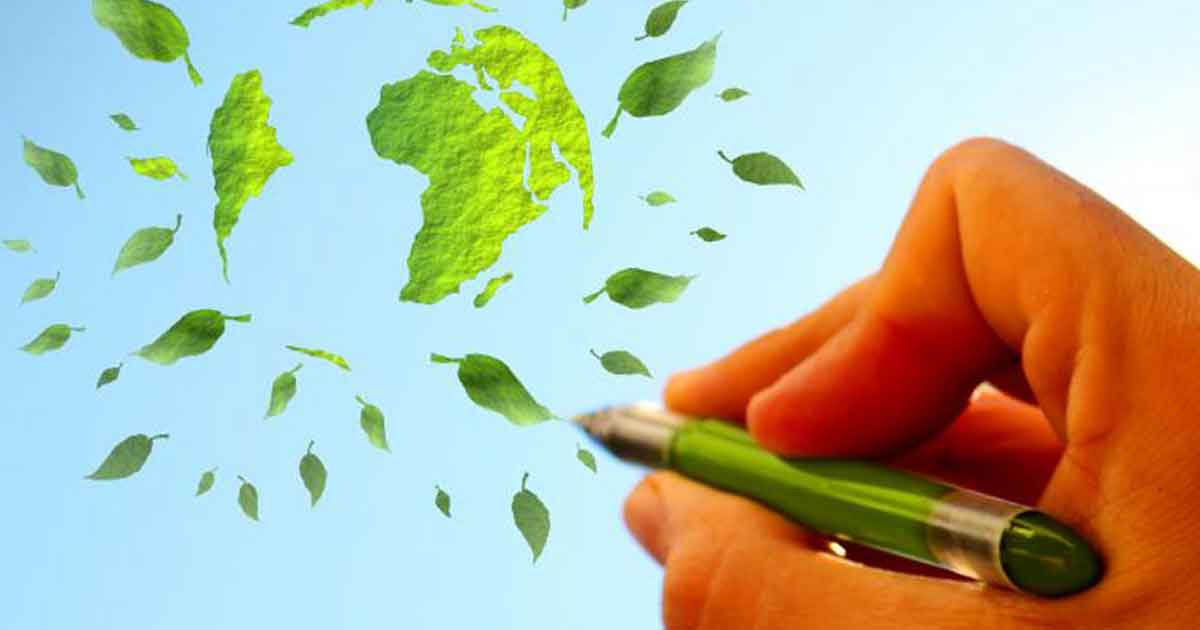
09 Jul 10 Best Practices for Sustainable Graphic Design
If you were disheartened by the recent decision to withdraw from the Paris Agreement, we must remind ourselves that saving the planet does not require us to be a diplomat, or scientist, or politician. The graphic design industry draws on a tremendous amount of energy, water, paper, inks, solvents and packaging daily. As designers who are passionate about the environment, we remain committed to making a difference. Therefore, Tortuga has enhanced our business practices to minimize the impacts of graphic design on the environment, using a more sustainable graphic design.
The size, shape, color, printing style and paper stock choices made by designers will ultimately determine the size of the environmental footprint. By making informed decisions, we can reduce our environmental impact, resulting in less greenhouse gas emissions and a more efficient use of natural resources.
Best Practices for Sustainable Graphic Design
There are a number of ways that we, alongside you- the client, can design sustainable graphics in a way that considers the environment.
- Do more with less: be innovative in downsizing – go for originality rather than size, whether it is a retro self-folding envelope or itty-bitty business cards
- Rightsize it: by optimizing rather than oversizing the job you reduce the demand for paper to be produced
- Fill the white up: by reducing the amount of white space in a document you can reduce the amount of paper needed to produce it
- Give it a second life: give your product a second chance at life so that it reduces the possibility of ending up in landfill
- Don’t bleed to the edges: by simply leaving a white border around your design you can reduce ink waste and allow for more paper to be recycled.
- Go for ‘PC’ (post-consumer) recycled: use recycled paper to try to pick paper with highest percentage of recycled content available that suits your business needs
- Make it thinner: does it have to be on thick heavy-duty card, or can you get away with a lower GSM and still deliver a quality product?
- Don’t print at all: go digital and use an alternative to printing where possible as this will drastically reduce the environmental impacts of your product
- Let you know: communicate our decisions to our clients and encourage them to include the information on their product
- Give you the eco-option: always you an option that has been designed to reduce impacts.
If you would like your next graphic design project to be more sustainable and environmentally friendly, feel free to contact us!



